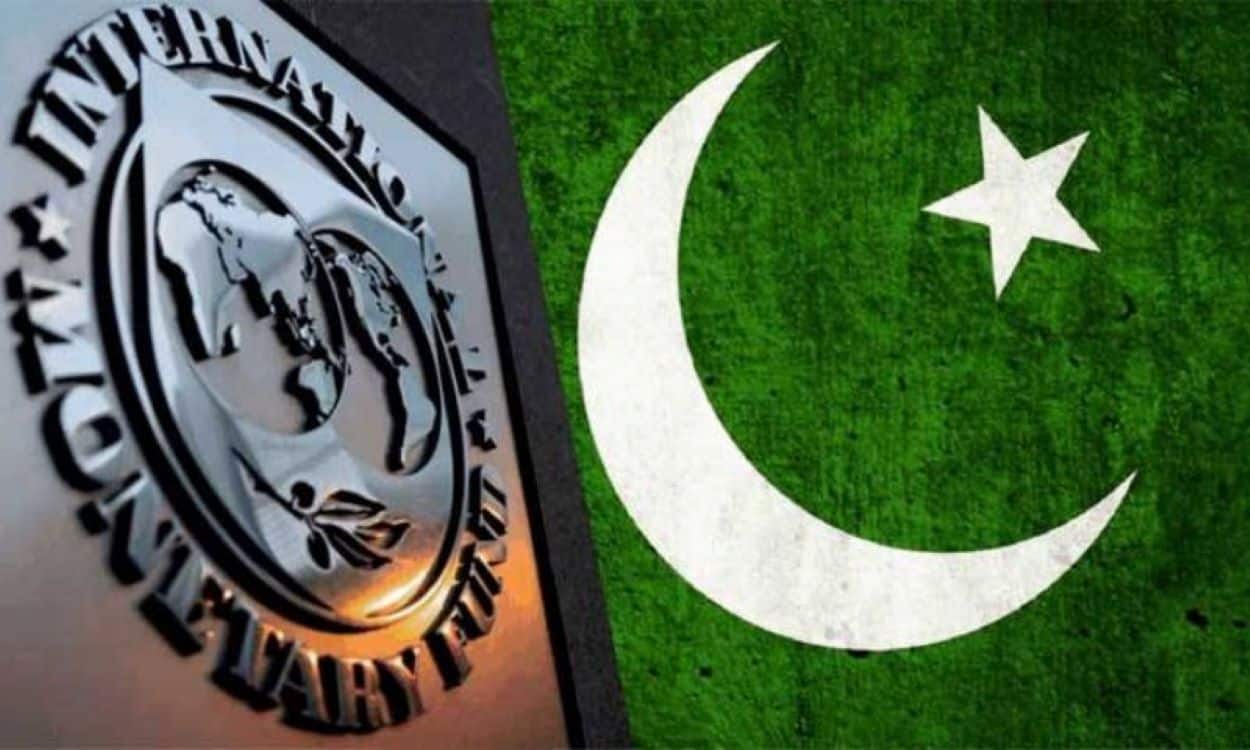The International Monetary Fund (IMF) has lowered its growth forecast for Pakistan’s economy. It projects a Gross Domestic Product (GDP) growth of 3% for 2025, a slight decrease from the earlier prediction of 3.2%. This update forms part of the IMF’s broader analysis in its latest report, “World Economic Outlook Update: Global Growth—Divergent and Uncertain.”
Even with the cut, the IMF anticipates that Pakistan’s growth will level off at 4% by 2026. This revision closely follows a similar adjustment by the Asian Development Bank (ADB) last month. The ADB set Pakistan’s growth expectations at 3% for the fiscal year 2024-25, an increase from the previous forecast of 2.8%.
The report also casts a wider net on global economic conditions, predicting a steady global growth rate of 3.3% for 2025 and 2026, slightly under the historical average of 3.7%. The IMF’s Chief Economist, Pierre-Olivier Gourinchas, noted divergent growth patterns globally, with a robust performance in the United States helping to balance weaker activities in other significant economies.
On inflation, the IMF anticipates a global decline to 4.2% in 2025 and 3.5% in 2026. However, it cautioned that inflation rates remain high in several regions despite the overall trend towards disinflation.
The report also highlighted economic projections for major regions and economies. It revised the U.S. growth forecast upward to 2.7% in 2025, attributing this to strong domestic demand, though it expects a slowdown to 2.1% in 2026. The Euro area’s forecast is less optimistic. Growth is expected to be only 1% in 2025, revised down from 1.2%. There will be a slight recovery to 1.4% in 2026 due to sluggish manufacturing growth and ongoing uncertainties.
Experts anticipate modest growth in the UK’s economy, projecting increases of 1.6% in 2025 and 1.5% in 2026. In contrast, forecasts suggest China’s economy will grow by 4.6% in 2025 and 4.5% in 2026.
The IMF recommends boosting domestic demand to sustain this growth. Meanwhile, India continues to excel, maintaining a robust growth rate of 6.5% for both years, demonstrating sustained economic momentum.
This global outlook underscores significant economic uncertainty, highlighting varied growth trajectories and economic conditions across different regions.






